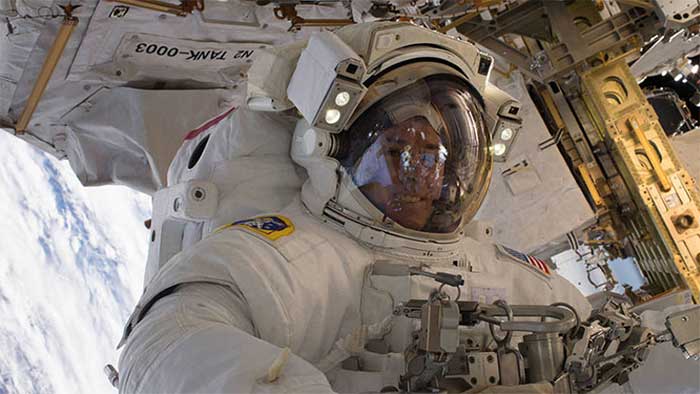Space explorers know a thing or two about teamwork in isolation and confinement.
Leaders here on Earth should likewise ensure that all of their employees understand how their work, however high-minded or mundane, fits into the organization’s goals.
By Kellogg Insight as posted in Industry Week
photo: NASA
What happens to teamwork during extended periods of isolation and confinement?
While that sounds like a question tailored for much of today’s housebound workforce, it’s actually a research topic that professors Noshir Contractor and Leslie DeChurch have studied in an entirely different context: space travel.
The researchers never thought “that we would be drawing conclusions from space teams to our teams here on Earth,” DeChurch says.
But they did just that during a recent webinar from Kellogg Executive Education. Contractor, a professor of management and organizations at Kellogg, and DeChurch, a professor in Northwestern’s School of Communication, discussed their research with NASA, and shared some insights that workers and leaders can use to help remote teams function cohesively.
For example, astronauts are acutely aware of their organization’s lofty goals and how their own individual efforts fit into that. So even when the task is mundane—such as practicing putting away tools one more time—they have a clear sense of how that work fits into the bigger picture.
Leaders here on Earth should likewise ensure that all of their employees understand how their work, however high-minded or mundane, fits into the organization’s goals. This is particularly important, Contractor says, if you’re onboarding a new employee.
“Talk to each of them at some length about what the bigger picture is, what the dream is, what the vision is, and why what they are doing is a significant component within that,” he says. “As a leader, it is really one of the most important things you can do.”


